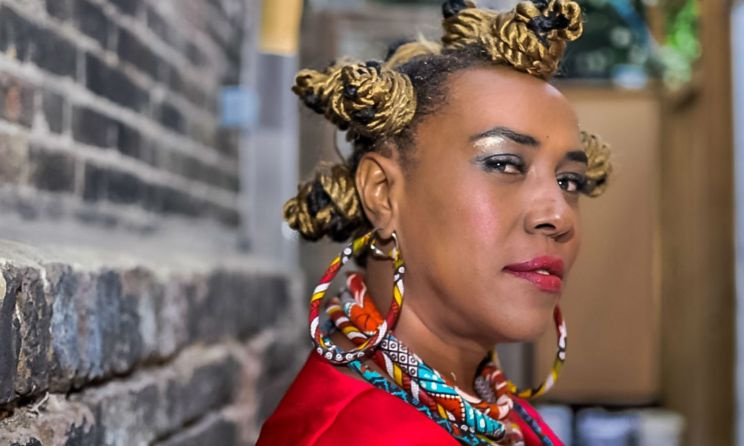Sudan’s musical traditions have largely been informed by Arabic and Muslim traditions. As a country that has always subscribed to stricter interpretations of Islamic law, music in Sudan has generally served religious purposes, meaning that women’s contribution or participation in the art form was and is still discouraged, if not restricted altogether [1].
Couple this with post-independence civil wars and authoritarian military regimes that generally frown upon artistic expression, and one can get a sense of the complicated relationship the country has had with its musicians, both men and women [2].
But despite well-documented religious and political censorship, female musicians’ voices in the country’s social, political and cultural spaces has never been completely silenced [3].
The pioneers
Women have actively contributed to Sudanese musical heritage even before the country’s modern history. Their contribution took various roles such as singing, dancing, playing instruments, composing, reciting verses, and more.
One of the earliest known female musicians was Mihera Bint Abboud, a 19th century poet said to have led the charge against the 1820-24 Turco-Egyptian invasion of Sudan with a rousing performance that fired up demoralised troops.
Later on, women like Aisha Musa Ahmad, better known as Aisha al-Falatiya, would develop their own styles based on traditional musical forms. Al-Falatiya is regarded as one of the first modern Sudanese female singers, whose career began in the 1940s. Despite facing huge resistance in the early stages of her career, she went on to record more than 150 songs and achieved popularity as far as Egyp
